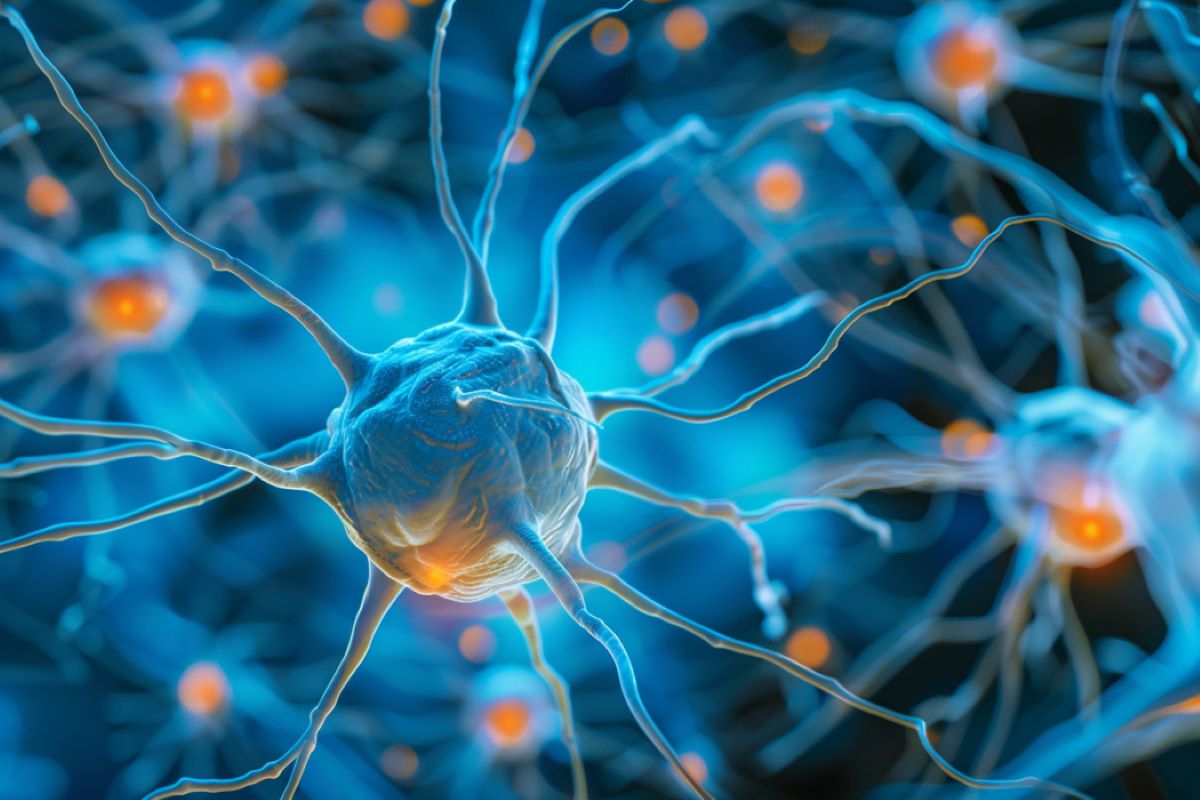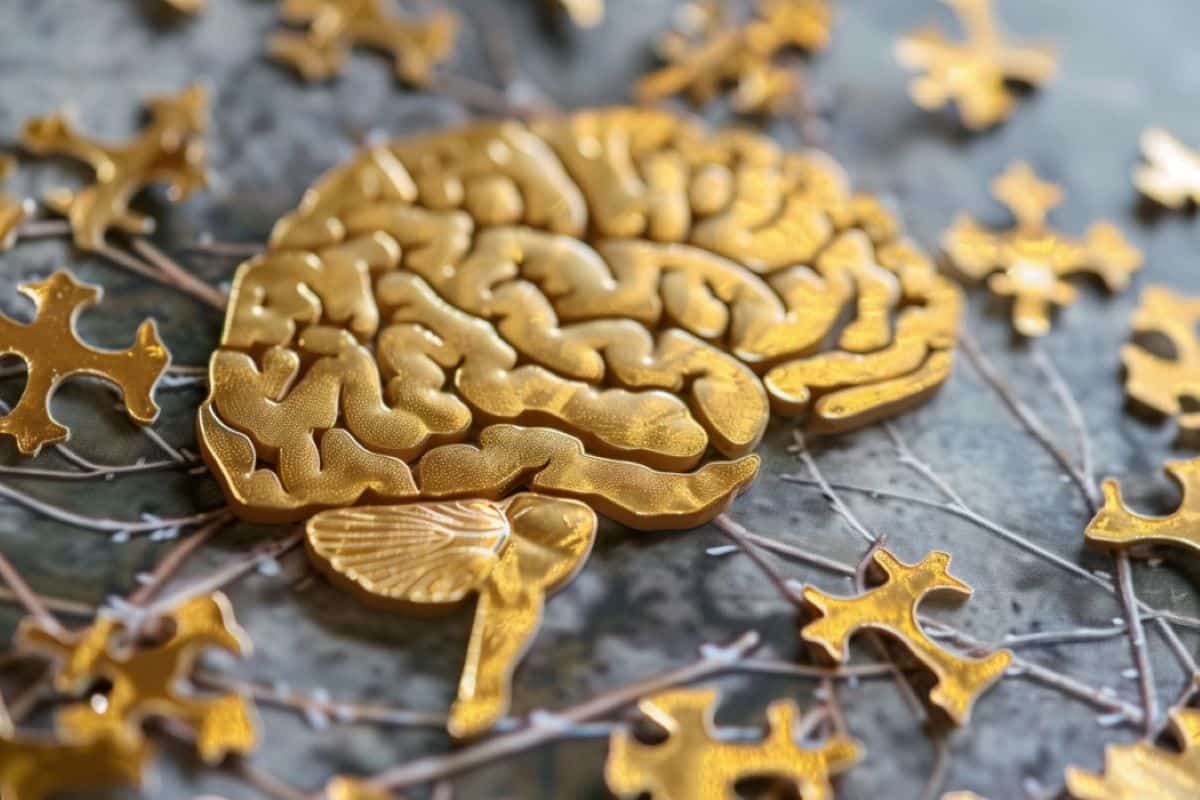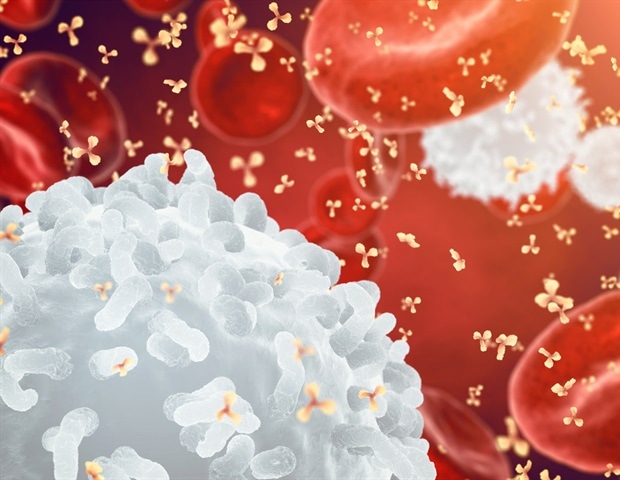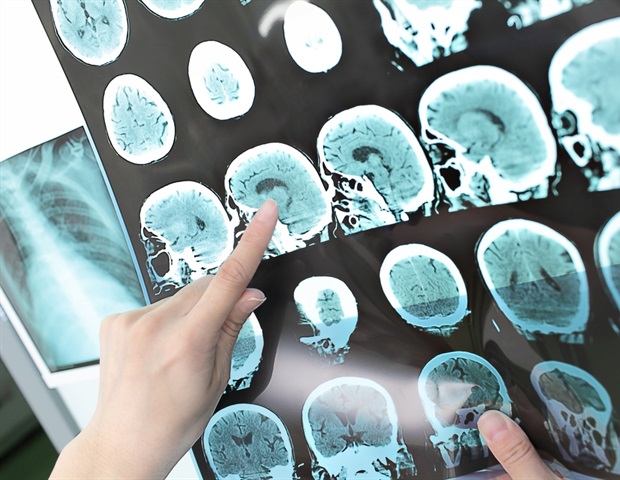


A study analyzing patient motivations for advanced treatment of essential tremor (ET) and tremor-dominant Parkinson disease (TDPD) revealed that most patients are dissatisfied with medication options...



WATCH TIME: 3 minutes “While the data is very promising for synuclein biomarkers, both the Syn-One skin biopsy test and the cerebral spinal fluid test from...



WATCH TIME: 4 minutes Welcome to this special edition of Neurology News Network. I’m Marco Meglio. According to a recent announcement, the FDA has issued a...



WATCH TIME: 4 minutes “We need to do a better job of assessing that, because we know that circadian rhythm is disrupted in mild cognitive impairment...



Summary: Researchers identified four subtypes of ALS, which could lead to more effective, personalized treatments. The study also highlights significant molecular differences between men and women...



Summary: Researchers reversed Alzheimer’s symptoms in mice using a synthetic peptide, PHDP5, that targets brain function. The study shows that PHDP5 can cross the blood-brain barrier...



In a new study, neuroscience researchers at The Ohio State University have discovered a special type of human white blood cell that has the potential to...



Researchers at Washington University School of Medicine in St. Louis have found that safety interventions – such as walkers, grab bars, ramps and other home modifications...



A class of drugs already on the market to lower blood pressure appears to reduce adults’ risk of developing epilepsy, Stanford Medicine researchers and their colleagues have...



Rebecca Gottesman, MD, PhD (Credit: NINDS) A new study funded by the National Institutes of Health (NIH) demonstrated that sleep apnea and low oxygen levels during...



Summary: A new study reveals a link between gut bacteria and Parkinson’s disease (PD). Researchers found a decrease in genes responsible for synthesizing essential B vitamins...



In a recently published comparison study, findings revealed that patients with Parkinson disease (PD) who had depression had significantly worse nonmotor symptoms than those without, with...